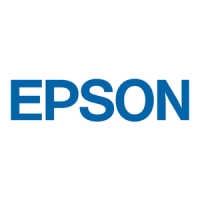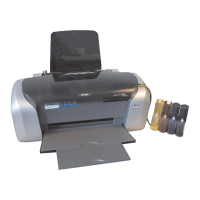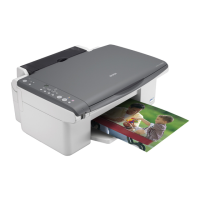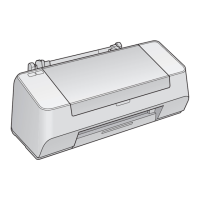What to do if my Epson Stylus D120 fails to feed paper but performs a paper ejection?
- Nnicole86Aug 6, 2025
If your Epson Printer attempts to eject paper but fails to feed it, try these steps: * First, ensure the PE Sensor Connector Cable is securely connected to CN3 on the Main Board. * If the issue continues, replace the ASF Unit with a new one. You may need to try this more than once.





